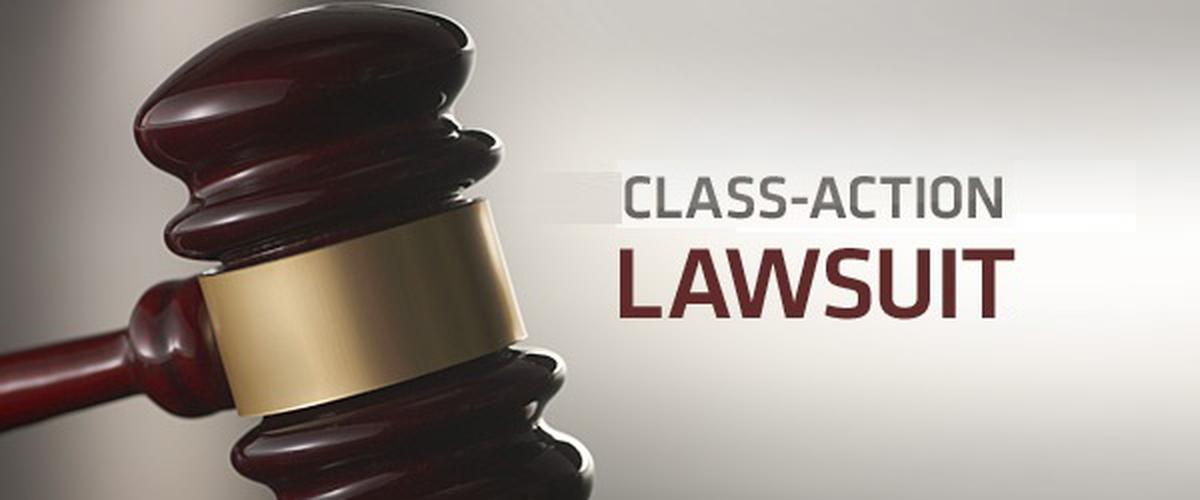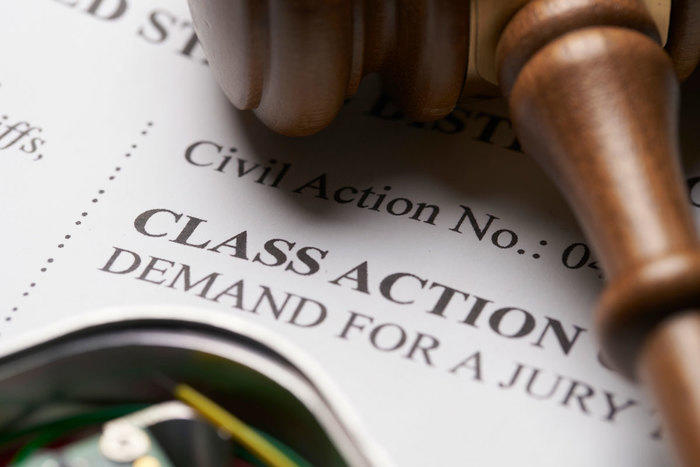Understanding Class Activity Legal Action: An Overview for Attorney
Course activity legal actions have actually ended up being an integral component of the legal landscape, enabling for the consolidation of numerous insurance claims right into a solitary activity. For lawyers, recognizing the intricacies of course activity litigation is important in successfully representing their customers. This extensive guide checks out the fundamentals of course activity legal actions, from recognizing prospective class members to navigating the qualification process. Additionally, it dives right into key strategies for taking care of course action lawsuits and offers insights into bargaining and acquiring approval for negotiations. By delving right into the complexities of course activity lawsuits, this overview equips legal representatives with the expertise and devices required to efficiently navigate this intricate area of law.
The Essentials of Course Action Claims
Course action claims are a legal system used to consolidate similar insurance claims from a team of people into a single legal action, providing a cost-effective and effective strategy to looking for justice and resolution. This type of suit enables a depictive complainant, acting upon part of the whole class, to bring an insurance claim against a defendant that has allegedly created injury or breached the civil liberties of multiple individuals.
The basic needs for bringing a class action claim consist of numerosity, commonality, typicality, and adequacy of representation. Numerosity describes the truth that the class should be so big that joinder of all participants would be impractical. Commonality means that there have to be typical inquiries of legislation or fact that are shared by all members of the course. Typicality requires that the claims of the representative plaintiff are common of the insurance claims of the whole class. Adequacy of depiction ensures that the depictive plaintiff will appropriately represent the interests of the whole class.
Class action lawsuits can be helpful for both accuseds and complainants. For complainants, it allows them to pool their sources and share the expenses and dangers connected with lawsuits. It also provides an equal opportunity when they are up against huge firms or entities. For offenders, it provides the chance to effectively resolve multiple claims in a single lawsuit, preventing the requirement to safeguard against numerous specific suits.
Identifying and Assessing Prospective Course Participants
After developing the basic requirements for a course activity lawsuit, the next step is to recognize and analyze possible class members. This process entails establishing who may become part of the course and examining their cases to determine if they satisfy the necessary criteria.
To recognize prospective class participants, lawyers commonly conduct considerable study and gather relevant info. This may include assessing documents, carrying out meetings, and taking a look at records to recognize individuals or entities that might have been impacted by the alleged misbehavior. It is important to develop a clear and comprehensive listing of prospective course members to ensure that all impacted events are consisted of in the lawsuit.
As soon as prospective class members have actually been identified, the following action is to analyze their insurance claims. If they satisfy the legal demands for course qualification, this involves assessing the qualities of each individual insurance claim to determine. Legal representatives have to thoroughly examine the truths, evidence, and legal theories of each prospective course participant's insurance claim to make sure that they have a sensible instance.
Analyzing prospective course participants additionally includes establishing whether they satisfy the class definition and have actually endured comparable injury as an outcome of the offender's activities. This needs contrasting the realities and circumstances of each prospective course member's situation to the accusations and lawful concepts placed forth in the claim.
Browsing the Course Certification Process
To effectively browse the course certification process, attorneys have to diligently stick to the procedural needs stated by the court. Class certification is an essential action in a course action claim, as it establishes whether an instance can continue as a course activity, standing for a team of people that have comparable insurance claims against an accused. The procedure entails pleasing certain requirements, such as numerosity, commonality, typicality, and adequacy of representation.
First of all, attorneys should establish numerosity by demonstrating that the course is so large that individual joinder is not practical. This can be attained via evidence or expert testimony. They need to develop commonness by revealing that there are typical concerns of law or fact that predominate over specific concerns. This needs an extensive analysis of the defenses and insurance claims included.
Next, legal representatives should reveal typicality, which indicates that the representative plaintiff's claims are normal of the claims of the course members. This ensures that the interests of the depictive complainant line up with the interests of the class. Lawyers need to show adequacy of depiction, meaning that the depictive plaintiff and their advice will fairly and sufficiently stand for the interests of the class.
To browse this process effectively, legal representatives must completely prepare by performing comprehensive study, gathering evidence, and establishing an engaging debate that satisfies each of these requirements. They must also be prepared to reply to any objections or challenges increased by the accused. By faithfully adhering to the step-by-step needs stated by the court, lawyers can enhance their possibilities of getting class certification and advancing the interests of the class members.

Secret Strategies for Handling Course Activity Litigation
Upon efficiently navigating the class qualification process, attorneys have to then implement crucial approaches for efficiently handling course activity lawsuits. These methods are critical to guarantee that the situation continues efficiently and successfully, eventually making best use of the chances of a positive end result for the course participants.
One key technique is to establish a natural and solid lawful group (Class action lawsuit). This involves assembling a group of attorneys with know-how in course action litigation, in addition to various other pertinent locations such as the details market or subject associated with the case. A well-rounded group can bring various viewpoints and abilities to the table, enhancing the overall effectiveness of the lawsuits
An additional vital approach is to create a well-balanced and thorough lawsuits plan. This plan must outline the general goals of the situation, along with the certain lawful theories and disagreements that will certainly be gone after. It needs to additionally include a timeline and budget to ensure that the instance stays on track and within the allotted sources.
Furthermore, attorneys should proactively engage with the class members throughout the lawsuits process (Class action lawsuit). This consists of supplying regular updates on the development of the situation, seeking input and comments from the class participants, and resolving any type of worries or concerns they Class action lawsuit may have. By cultivating open communication and partnership, attorneys can build depend on and support amongst the class members, which can be instrumental in attaining a successful resolution
Settling Course Activity Claims: Negotiation and Authorization
When it comes to clearing up course action claims, effective arrangement and obtaining approval are essential action in achieving a resolution. Course action claims are complex and include a multitude of complainants, making it vital to reach a settlement that is reasonable and satisfying to all celebrations entailed.

As soon as a settlement agreement is reached, it should be authorized by the court. The court's function in this process is to make sure that the negotiation is reasonable, reasonable, and effectively shields the interests of the class members. The court will certainly consider factors such as the nature of the insurance claims, the toughness of the proof, the possible healing for the course members, and any type of objections increased by class members.
Getting court authorization is critical as it gives finality to the negotiation and shields the passions of the course participants. It ensures that the settlement is binding and enforceable, and course members can receive their rightful compensation.
Verdict

Class activity suits have actually ended up being an essential part of the lawful landscape, enabling for the combination of numerous insurance claims right into a single action. Course accreditation is a crucial action in a class activity lawsuit, as it determines whether a situation can continue as a class activity, standing for a group of people who have similar cases against an offender. By carefully adhering to the step-by-step requirements set forth by the court, legal representatives can enhance their opportunities of obtaining class qualification and advancing the rate of interests of the course participants.
The court will think about variables such as the nature of the cases, the strength of the proof, the possible recovery for the class members, and any type of objections increased by course members.
By identifying and examining possible course members, legal representatives can determine the feasibility of a course activity legal action.